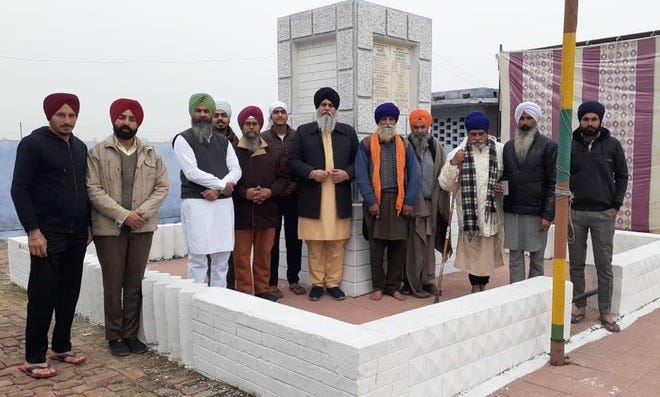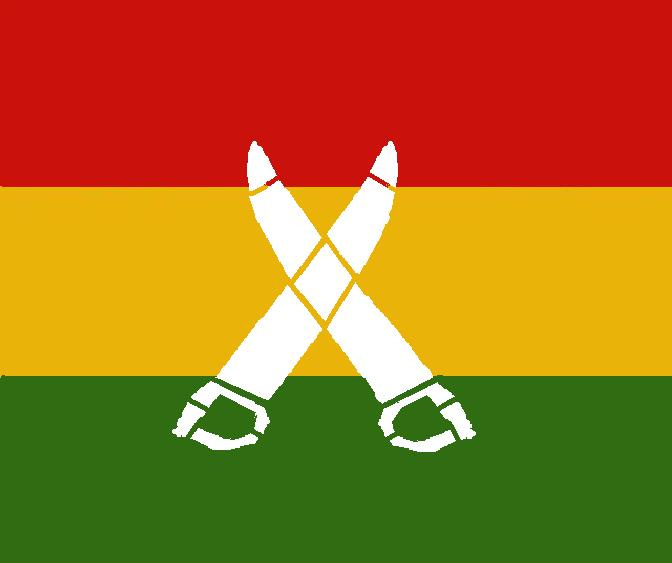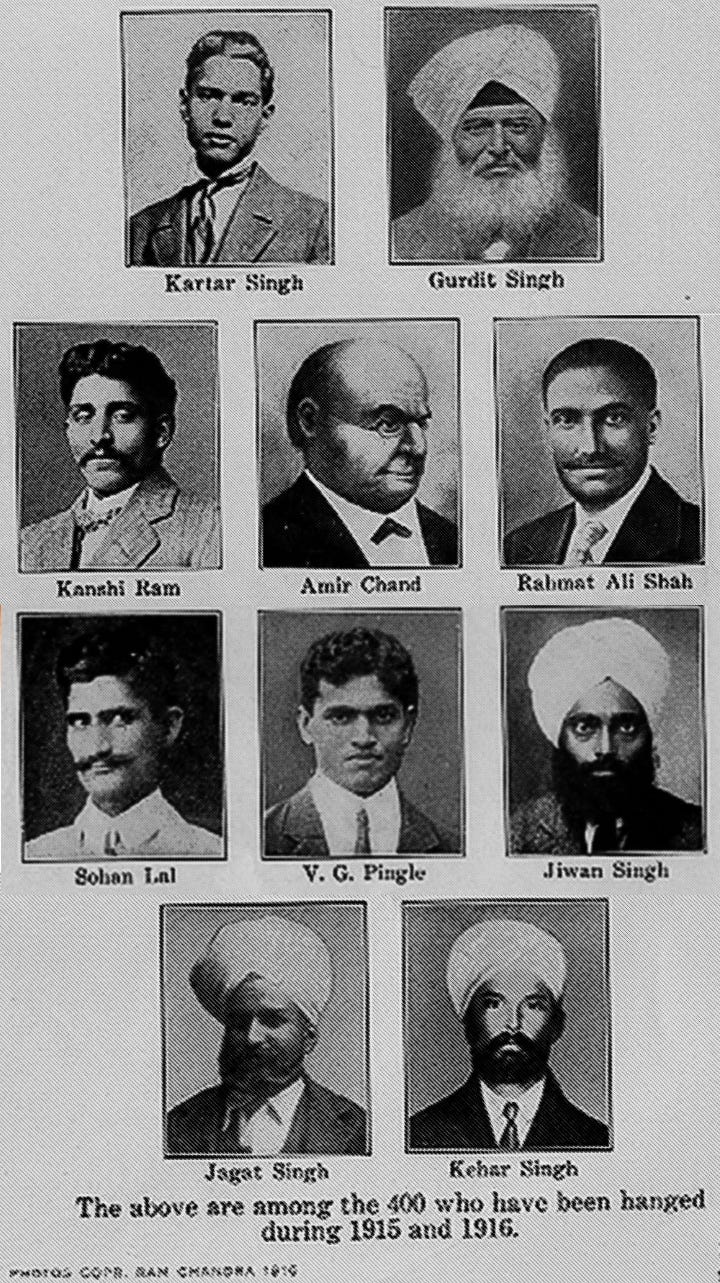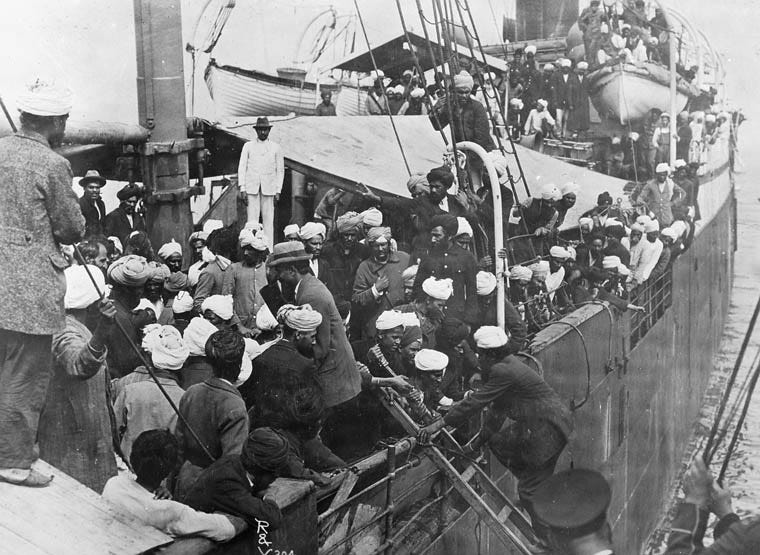Ghadar Party's Foundation Day: Honouring the Legacy
Ghadar Party was founded on 21st April, 1913, exactly 111 years ago in San Francisco, USA.
Origins of the Ghadar Party
The Ghadar Party was founded on 21st Arpil,1913— exactly 111 years ago— in San Francisco, California, the United States, primarily by Punjabi Indians, with the intent of overthrowing British rule in India. The founders were Indian expatriates, many of whom were Sikhs and Punjabis, united in their desire for Independence. The Party had its roots in the discontent among Indian labourers in the U.S. and Canada, who faced discrimination and restrictive immigration laws.
Lala Har Dayal and the Ghadar Movement
Lala Har Dayal, a revolutionary scholar, played a key role in the formation of the Ghadar Party. He was instrumental in galvanising support among Indian immigrants and providing ideological direction to the party. His vision was to unite Indians across the globe for the common cause of India's freedom. The party's motto, "Koma gata maru," meaning "Death to the traitors of the Nation," reflected its radical approach to ending British colonial rule1.
Ghadar Party's Activities and Kartar Singh Sarabha
The Ghadar Party began publishing a newspaper, also named "Ghadar," to spread its revolutionary message. The paper was distributed to Indian communities worldwide, advocating for armed rebellion against British rule. Kartar Singh Sarabha, a young revolutionary from Punjab, emerged as one of the prominent figures of the Ghadar Party. He was just 19 when he became deeply involved in the party's activities and played a significant role in spreading its message.
The Attempted Uprising and Suppression
In 1915, the Ghadar Party planned a major uprising in India, aiming to instigate a nationwide revolt. The plan was to incite Indian soldiers in the British Army to rebel, but the British authorities got wind of it and preemptively suppressed the movement. Many Ghadar Party members, including Kartar Singh Sarabha, were arrested and later executed. Sohan Singh Bhakna, a key leader and the Founder President, was imprisoned for over 16 years (1914-1930) on account of his involvement.
The Komagata Maru Incident
The Komagata Maru incident in 1914 is indirectly linked to the Ghadar Party, highlighting shared themes of racial discrimination and colonial oppression that fueled the fight for India's independence. The Komagata Maru, a Japanese steamship, carried 376 Indian passengers, primarily from Punjab, aiming to challenge Canada's restrictive immigration policies. After being denied entry in Vancouver, the ship was forced to return to India, docking at Budge Budge, near Calcutta. Upon its arrival, British authorities, fearing revolutionary activity, opened fire on 29th September 1914, leading to deaths and arrests. This event became a rallying point for the Ghadar Party, reinforcing its mission to combat injustice and colonial rule. The incident exemplified the systemic discrimination faced by Indians, galvanising the revolutionary fervour that underpinned the Ghadar Party's activities.
Legacy and Punjab's Contribution
Despite its failure to ignite a successful revolution, the Ghadar Party had a significant impact on India's freedom struggle. It inspired future generations of Indian revolutionaries— including Shaheed-e-Azam Bhagat Singh— and contributed to the growing sentiment against British rule. Punjab's contribution to the Ghadar Party was considerable, with many leaders and members hailing from the region. The party's legacy is still remembered and honoured in Punjab, with various commemorations and memorials dedicated to its heroes.

The Ghadar Party's Enduring Legacy
The legacy of the Ghadar Party endures in modern India, especially in Punjab, where it is celebrated for its role in uniting Indians across the globe against colonialism. The party's focus on equality and justice continues to resonate with contemporary movements seeking social change. Historians suggest that when the party was founded in 1913, the founders may not have anticipated that Britain would soon enter the Great War (World War I) from 1914-1918, leading to harsher colonial repression, especially as the Indian National Congress decided to support the Crown during the conflict. This created a challenging environment for revolutionary movements like the Ghadar Party. If the party had emerged a few years later, the course of history might have been different, but these are speculative scenarios. The courage and sacrifice of Ghadar Party members continue to inspire those who resist oppression and fight for justice. The spirit of the Ghadar Party is commemorated through literature, plays, and events that honour its role in India's freedom struggle.
Lala Har Dayal wrote extensively, exploring various philosophical and ideological topics. His most famous book, "Hints for Self Culture," published in 1921, offers advice on self-improvement, education, and personal development. This book reflects his intellectual pursuits and illustrates his belief in self-reliance and the cultivation of knowledge.








Thank you for writing , refreshing the history and transporting many of us back in time. During school days we learned more verbally about the ਗਦਰ ਪਾਰਟੀ as word of mouth from our teachers than in text books . The history and heroes have remained with us in our thoughts more than the leaders who opposed them e.g. Tilak and Gandhi. We grew up with disdain for them and remain that way even today. Later on we found books by ਗਦਰ leaders these leaders specially mentioned in your write up. I mentioned not too far back while responding to one of your write-ups, if and when freed from need to earning square meal , like to go back and teach history books on our school children about forgotten heroes.
The book mentioned “Hints for self-culture” was gifted to me by my school teacher Baba Gurbachan Singh - he called it Geeta for every student . I read it then barely grasping the essence of it. This book has accompanied me all my life . I have reread it multiple times over the years . Each time , I feel like reading a new book imparting new wisdom. I always order few copies to give away to some kid who I feel is as poor and needy of it as I was. A must read book for every student.
The books ends with this message !
“ There amidst the world new builded shall our earthly abide”
Though our names will be forgotten and the tale how we died “
“Where lies the land to which ship would go ?
Far,far ahead ,is all her seaman know.
And where the land she travels from? Away.
Far,far behind , all that they can say”
Thank you , enjoyed it tremendously!